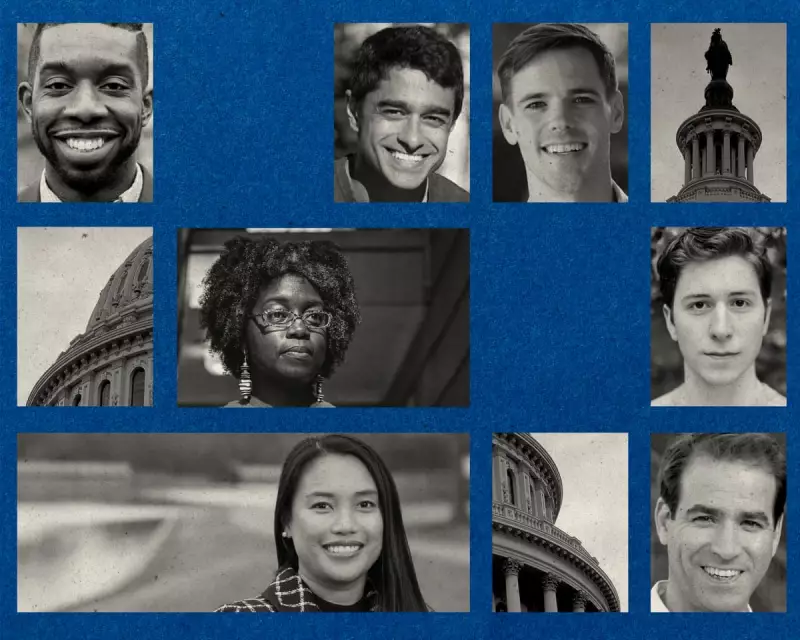
A political revolution is brewing within the Democratic party as a new generation of candidates prepares to storm the halls of the US Congress in the 2026 midterm elections. This isn't just a changing of the guard—it's a fundamental shift in who represents the American people and how they campaign for office.
The Faces of Change
These aren't your typical career politicians. The new cohort, largely comprised of millennials and Generation Z, brings backgrounds far removed from the traditional legal and political careers that have long dominated Capitol Hill. We're seeing community organisers, technology experts, educators, and healthcare workers stepping into the political arena, driven by a desire for tangible change rather than partisan point-scoring.
Grassroots Momentum vs. Establishment Machinery
What sets these candidates apart is their campaign strategy. Eschewing the traditional reliance on large corporate donors and super PACs, they're building momentum through small-dollar donations and digital outreach. This approach isn't just changing how campaigns are funded—it's changing who they're accountable to once in office.
Policy Priorities: A New Democratic Agenda
The policy platform of this new generation reflects the urgent concerns of younger Americans. Climate action features not as a footnote but as a central pillar of their agenda. They're pushing for ambitious green energy investments and environmental protections that match the scale of the crisis.
Economic justice forms another core commitment, with proposals addressing student debt relief, affordable housing, and healthcare reform that go beyond incremental changes. Their approach to technology and innovation emphasises both harnessing its potential and implementing guardrails against its misuse.
Challenges and Opportunities
This generational shift doesn't come without internal tensions. Some established Democratic figures question whether these progressive candidates can appeal to the broader electorate beyond solidly blue districts. There are concerns about experience and whether idealism can be translated into effective governance.
Yet their supporters argue that fresh perspectives are exactly what a gridlocked Congress needs. They point to changing demographic trends and the increasing political engagement of younger voters as factors that could make 2026 a breakthrough election for this new wave of Democrats.
The Stakes for American Democracy
The success or failure of these candidates will have implications far beyond one election cycle. It could determine the direction of the Democratic party for decades to come and potentially reshape the political landscape at a time when American democracy faces unprecedented challenges.
As primary season approaches, all eyes will be on whether this new generation can turn their energy and ideas into electoral success, potentially writing a new chapter in American political history.





